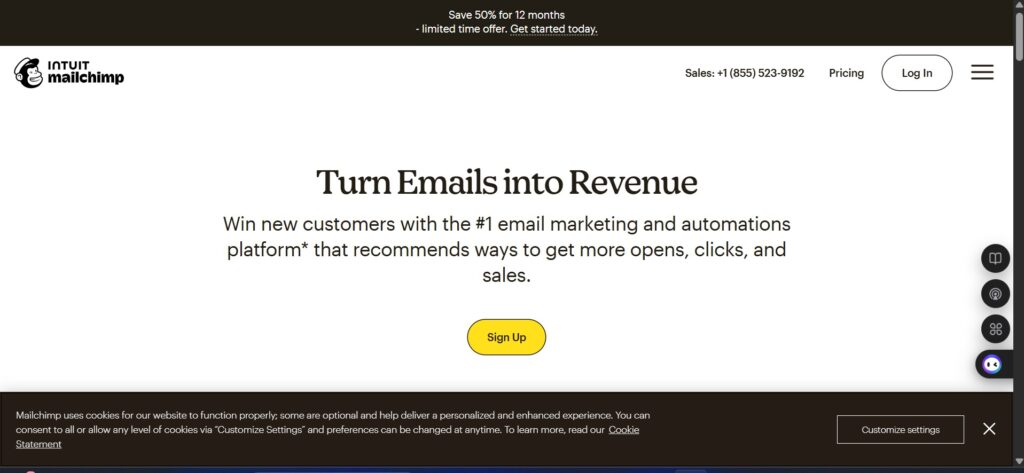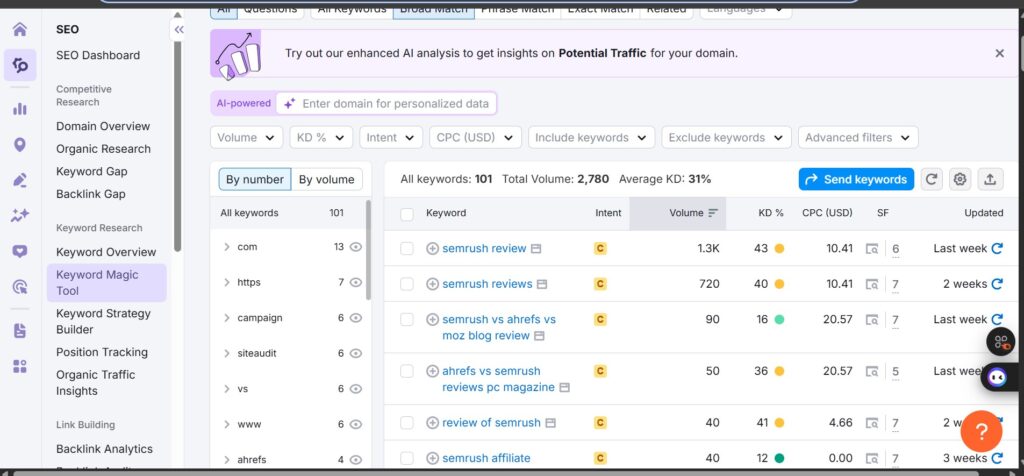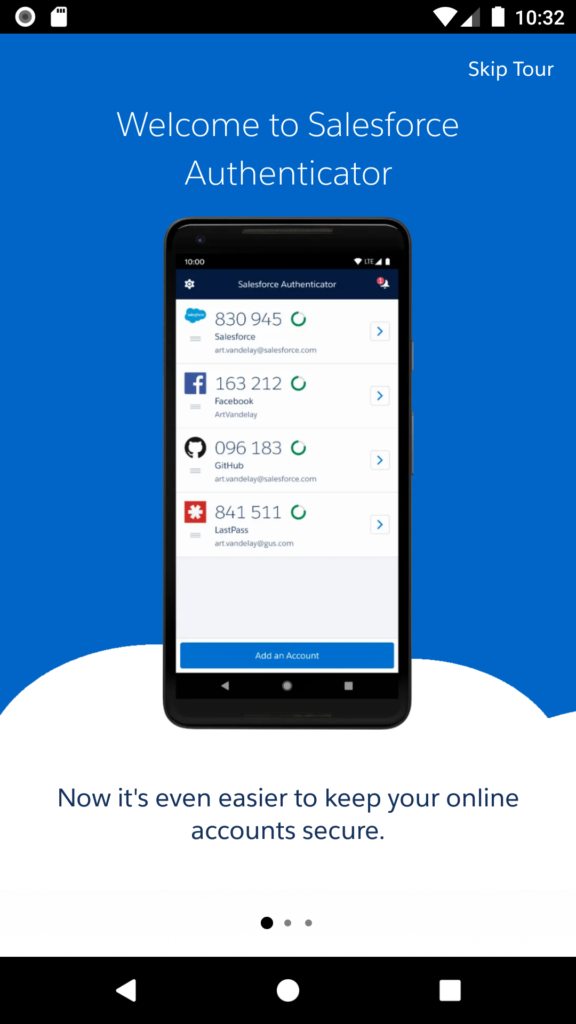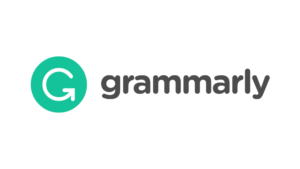1. Introduction
- Briefly explain what SaaS tools are
- Importance of SaaS in modern business
- Mention that this is a comprehensive review of the best SaaS tools in 2025
2. What Are SaaS Tools?
- Definition of SaaS (Software as a Service)
- How they differ from traditional software
- Examples of common categories (marketing, CRM, project management, etc.)
3. Top SaaS Tools by Category
- Break this section into subcategories:
- Marketing Tools (e.g., Mailchimp, ConvertKit, SEMrush)
- Sales & CRM Tools (e.g., HubSpot, Salesforce, Pipedrive)
- Project Management (e.g., Trello, Asana, Monday.com)
- Collaboration Tools (e.g., Slack, Zoom, Notion)
- Finance & Accounting (e.g., QuickBooks, FreshBooks, Xero)
4. Comparison Table of Best SaaS Tools
- Include a visual comparison table with features, pricing, pros, and cons
5. Key Features to Look for in SaaS Tools
- Usability
- Integration with other apps
- Scalability
- Support & documentation
- Security
6. Pros and Cons of Using SaaS Tools
7. How to Choose the Right SaaS Tool for Your Business
- Identify your needs
- Consider your team size and budget
- Free trials and scalability
8. Frequently Asked Questions
- What’s the difference between SaaS and cloud software?
- Are SaaS tools safe?
- Can I integrate multiple SaaS tools?
9. Conclusion
- Recap of top tools
- Final tips on choosing SaaS tools
- Encourage readers to try out free trials
Introduction
In today’s fast-paced digital world, SaaS tools have revolutionized the way businesses operate. SaaS, or Software as a Service, allows companies to access powerful software applications through the internet without the hassle of installations or maintenance. Whether you’re a small startup, a growing business, or a large enterprise, SaaS tools offer flexibility, scalability, and cost-effectiveness that traditional software can’t match.
From marketing automation and customer relationship management (CRM) to project management and collaboration, SaaS tools cover nearly every aspect of modern business operations. In this comprehensive review, we’ll explore some of the best SaaS tools available in 2025, compare their features, pricing, and usability, and help you decide which tools are right for your business needs.
What Are SaaS Tools?
SaaS tools stand for Software as a Service — applications hosted on the cloud and delivered over the internet. Unlike traditional software that requires installation on individual devices, SaaS tools can be accessed anytime, anywhere, simply by logging into a web browser.
This model offers numerous advantages:
- No installation or updates needed — the provider manages everything
- Scalability — easily add or remove users as your business grows
- Cost-efficiency — usually subscription-based pricing without large upfront fees
- Accessibility — work remotely or across multiple devices effortlessly
SaaS tools cover a wide range of business needs, including marketing, sales, customer service, project management, collaboration, accounting, and more. They empower businesses to streamline operations, improve productivity, and stay competitive in a digital-first world.
Top SaaS Tools by Category
Here’s a detailed review of the top SaaS tools categorized by their primary business functions.
1. Marketing Tools
Mailchimp

One of the most popular email marketing platforms, Mailchimp offers automation, segmentation, and analytics, making it easy for marketers to grow their audience and improve engagement. Their drag-and-drop builder and pre-built templates simplify campaign creation.
ConvertKit
ConvertKit is favored by creators and bloggers for its intuitive automation and subscriber management features. It excels at email funnels and personalized subscriber experiences, helping creators monetize their content effectively.

SEMrush
An all-in-one marketing tool, SEMrush combines SEO, PPC, content marketing, and competitive research features. It’s perfect for businesses looking to improve their organic and paid search strategies.

2. Sales & CRM Tools
HubSpot
HubSpot CRM is a robust platform that supports marketing, sales, and service teams with tools for lead management, email tracking, and pipeline automation. Its free tier is generous, making it accessible to startups and SMBs.

Salesforce
The industry leader in CRM, Salesforce provides advanced customization, sales forecasting, and extensive integrations. Ideal for enterprises with complex sales processes.

Pipedrive
Pipedrive offers a simple yet powerful sales pipeline tool with visual deal tracking. It’s great for small to medium sales teams needing a user-friendly CRM solution.
3. Project Management
Trello
Trello uses a Kanban board system that helps teams visualize project tasks and workflows. It’s simple and flexible, suitable for small teams and personal task management.
Asana
Asana provides project timelines, workload management, and automation, making it easier to manage complex projects and cross-team collaboration.
Monday.com
Known for its customizable workflows and robust integrations, Monday.com suits businesses needing a comprehensive project management system.
4. Collaboration Tools
Slack
Slack is the go-to messaging app for teams, enabling real-time communication, file sharing, and integration with hundreds of other apps.
Zoom
Zoom transformed remote meetings with its high-quality video conferencing, screen sharing, and webinar features.
Notion
Notion combines notes, docs, project management, and databases in one workspace, offering unparalleled flexibility for teams and individuals.
5. Finance & Accounting
QuickBooks
QuickBooks simplifies accounting for small businesses with features like invoicing, expense tracking, and tax management.
FreshBooks
FreshBooks offers easy time tracking and invoicing, ideal for freelancers and small service providers.
Xero
Xero provides cloud accounting with multi-currency support and bank reconciliation, perfect for growing businesses with international clients.
Key Features to Look for in SaaS Tools
When choosing a SaaS tool, consider these critical features to ensure it fits your business needs:
- Usability: The tool should be intuitive and easy to learn, reducing the time to onboard your team.
- Integration: Seamless integration with your existing software ecosystem (like CRM, email, payment processors).
- Scalability: Can the tool grow with your business, allowing more users and advanced features?
- Support & Documentation: Access to responsive customer support and comprehensive guides.
- Security: Data encryption, compliance certifications, and regular backups to protect your business data.
Pros and Cons of Using SaaS Tools
Pros
- No hardware or installation hassles
- Accessible from anywhere with an internet connection
- Lower upfront costs with subscription pricing
- Frequent updates and improvements by the provider
- Scalable to business size and needs
Cons
- Dependent on stable internet connection
- Data security concerns if provider is breached
- Subscription costs can add up over time
- Less control compared to on-premise software
How to Choose the Right SaaS Tool for Your Business
- Identify Your Needs: List the key problems you want the tool to solve. Is it email marketing? Sales automation? Project management?
- Consider Your Team Size and Budget: Some tools are better suited for small teams, others for enterprises. Evaluate pricing and whether it fits your budget long-term.
- Try Before You Buy: Take advantage of free trials or freemium versions to test usability and features.
- Check Reviews and Case Studies: Look for feedback from users in your industry to see how the tool performs in real scenarios.
- Look for Integration: Ensure the tool works smoothly with your other software.
Frequently Asked Questions (FAQs)
What’s the difference between SaaS and cloud software?
SaaS is a type of cloud software where the software is hosted and maintained by a provider and accessed via the internet. Not all cloud software is SaaS — some may require installation or have different delivery models.
Are SaaS tools safe?
Reputable SaaS providers implement strict security measures including encryption, backups, and compliance with data protection regulations. Always verify the provider’s security certifications.
Can I integrate multiple SaaS tools?
Yes, most SaaS platforms offer integrations or support third-party connectors like Zapier, making it easy to automate workflows across different apps.
Conclusion
SaaS tools have become indispensable for businesses of all sizes. They simplify complex processes, increase productivity, and enable teams to work smarter and faster. The best tool for your business depends on your unique needs, budget, and growth plans.
In this review, we covered top SaaS tools in marketing, sales, project management, collaboration, and finance — from industry leaders like Mailchimp and HubSpot to niche favorites like Notion and FreshBooks. Start by identifying your key requirements, leverage free trials, and choose tools that scale alongside your business.
By embracing the right SaaS tools, you’ll empower your team to focus on what matters most — growing your business.





